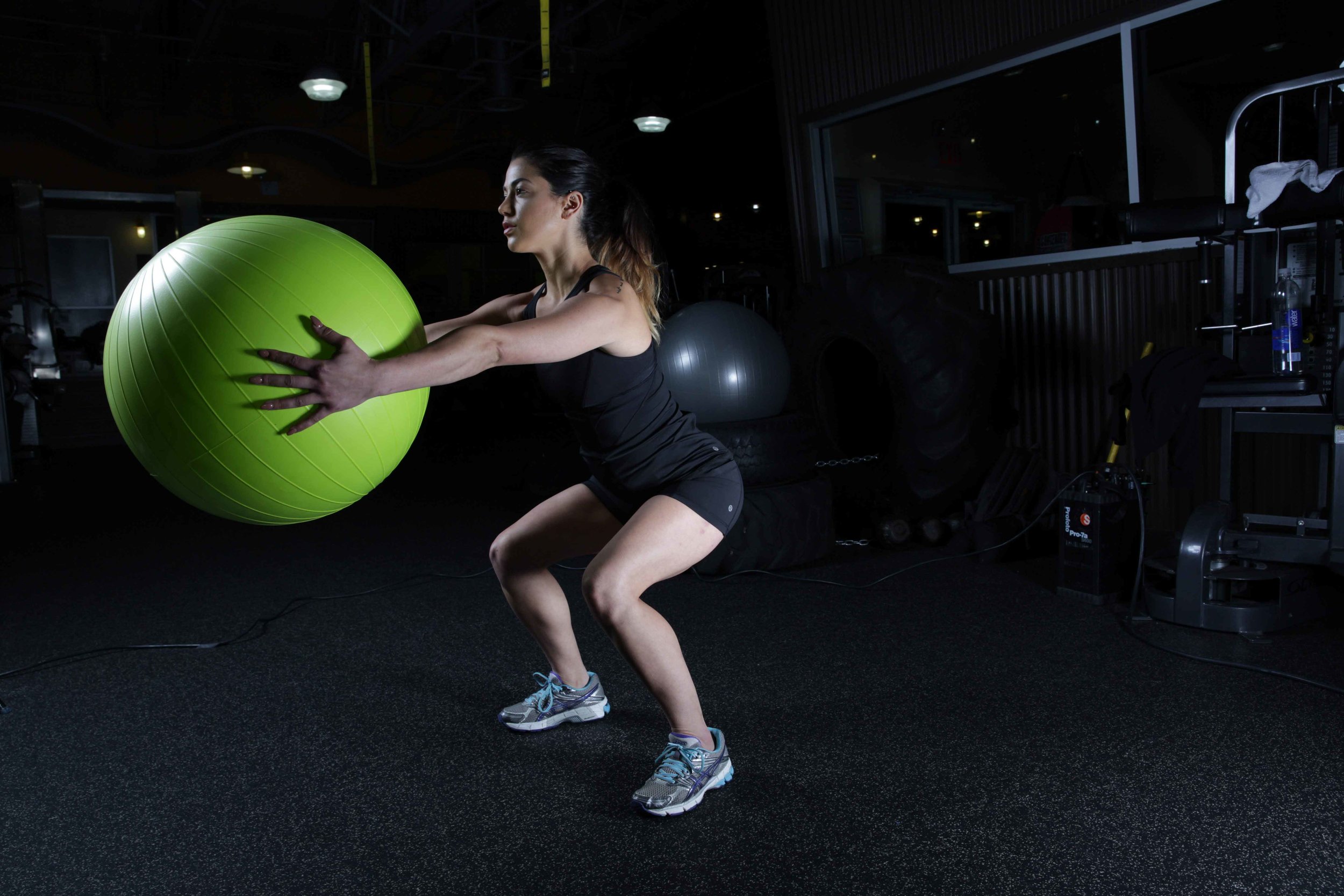
Brooklyn Physical Therapy News- Evolve NY
Can Physical Therapy Help With Rheumatoid Arthritis
Physical Therapy & Rheumatoid Arthritis- The word arthritis is an umbrella term used to describe painful and swollen joints. According to the World Health Organization (WHO), there are over a 100 types of arthritis, but one of the most common and a leading cause of disability, is Rheumatoid Arthritis.
Physical Therapy & Rheumatoid Arthritis
The word arthritis is an umbrella term used to describe painful and swollen joints. According to the World Health Organization (WHO), there are over a 100 types of arthritis, but one of the most common and a leading cause of disability, is Rheumatoid Arthritis.
What is Rheumatoid Arthritis?
Rheumatoid arthritis (RA) is defined as a long-term and progressive disease that mostly affects the joints of the hands and feet. It is also described as an autoimmune disorder, where the body attacks itself and causes the injury and swelling within the joint. This happens when the immune system fights healthy cells and mistakes them as foreign invaders. Doctors also say it is a systemic disease, which means it can affect the whole body.
R.A. Symptoms and Common Complaints
The most common symptom of RA is joint swelling, leading to the most common complaint, pain and loss of function. Since it is labeled as a systemic disease, it can affect more than one joint and become bilateral during a flare up. It usually affects the hands and feet first, but can also progress to big joints like the hip and knee, making it difficult for a person to stand or walk. Other signs of RA include:
1. Joint deformity, especially in the tips of the fingers or toes
2. Fever and a general feeling of being unwell
3. Sudden loss of function and mobility due to severe pain
It is difficult for a doctor to diagnose RA in its early stages, but it is imperative to start treatment and physical therapy once a diagnosis has been made. When you consult a doctor, you will likely undergo several tests to confirm if you have RA. There are numerous other types of arthritis, so your doctor will follow diagnostic criteria to be certain of your diagnosis. Your doctor also has to make sure to distinguish it from other conditions such as gout or osteoarthritis, as those need different management. A proper diagnosis will entail the appropriate treatment for you.
Physical Therapy for Rheumatoid Arthritis
Rheumatoid Arthritis runs in the long term, meaning it will have relapse and remission phases. Physical therapy teaches you how to manage your symptoms whenever they are present. It also teaches you ways to protect your joints so that they can be preserved and prevent damage as much as possible. When symptoms are not present, the goal of therapy is to maintain and improve the status of your joints and muscles.
Physical therapists make use of hot and cold compresses to relieve joint pain and lessen swelling. When there is excessive swelling, massage and other manual therapy techniques are used by therapists. You will be given range of motion exercises, requiring you to move the affected joint gently within a certain degree. If you are able to tolerate it, simple and gentle strengthening exercises called isometrics are taught. These exercises are used to maintain the integrity of the muscles around the affected joint. Immobility is one of the disabling causes of RA. To prevent this, light aerobic activities is given to a patient. Frequently, bicycles or ergometers are used for this exercise.
Physical therapists will also teach you how to move about your home and in any environment. For example, if the RA affects your knees it may be difficult for you to climb the stairs or hop in the car. Your therapist may recommend an assistive device, and teach you efficient ways to get around without getting tired or feeling pain.
Rheumatoid Arthritis Home Remedies
Here are some strategies to help manage RA symptoms:
1. Rest during a flare up, while still moving at a tolerable pace.
2. Strive to have a balanced diet of fruits, vegetables and meat to help maintain good weight so as not to stress the joints.
3. Applying heat or cold to painful joints to decrease swelling. This will help you maintain your mobility.
4. Exercise when you are in remission, or when symptoms are mild. Your muscles can get affected easily during a relapse, so it’s important to keep them healthy and in good shape.
The Takeaway…
Rheumatoid arthritis is a chronic and painful condition that can easily make it difficult for you to perform your daily tasks. It is important to consult a physical therapist once symptoms arise. The earlier you get into arthritis physical therapy, the easier it is to cope with this condition.
Click here to find out more information about our RA physical therapy services






